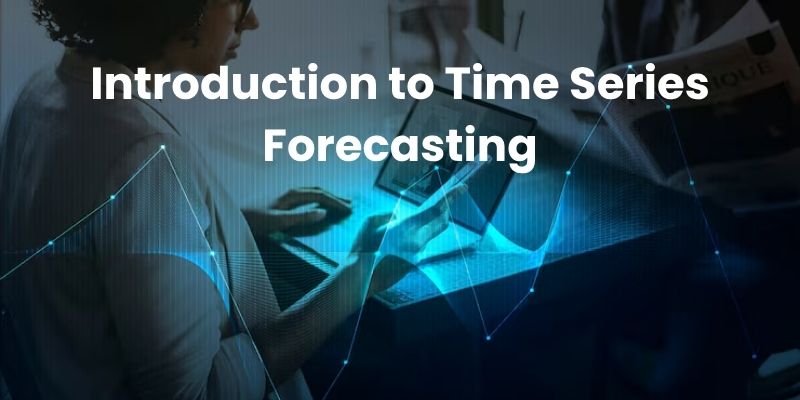
Time series forecasting is one of the most essential techniques in data science, widely used in sectors such as finance, retail, energy, and healthcare. It allows analysts and businesses to predict future values based on previously observed data.
In Python, time series analysis has become more accessible thanks to libraries that simplify data handling, visualisation, and forecasting. If you’re looking to build a solid foundation in this area, enrolling in a Data Science Course in Ahmedabad, FITA Academy can provide hands-on experience and practical skills to master time series forecasting and other key concepts. This article introduces the fundamentals of time series forecasting and outlines how Python supports this important field in data science.
What Is Time Series Forecasting?
Time series forecasting involves analyzing time-ordered data points to predict future outcomes. Unlike typical datasets used in classification or regression tasks, time series data has a natural temporal ordering, where the position of each data point matters. Common examples include stock prices, monthly sales numbers, daily temperature readings, or hourly energy consumption.
A key aspect of time series data is that its values often depend on previous observations. This means the data is not independent and identically distributed (i.i.d), which requires specific techniques for analysis and forecasting. Understanding patterns such as trends, seasonality, and noise is crucial to building accurate time series models.
Core Components of Time Series Data
To build effective forecasting models, it is important to recognize the core components of time series data:
- Trend refers to the long-term increase or decrease in the data over time.
- Seasonality represents repeating patterns at regular intervals, such as weekly or monthly cycles.
- Cyclic behavior includes irregular fluctuations that do not follow a fixed pattern.
- Noise is the random variation that cannot be attributed to any pattern or structure.
Separating these components helps in choosing the right forecasting approach and improves model accuracy, a skill emphasized in many advanced programs such as the Data Science Course in Mumbai.
Why Python for Time Series Forecasting?
Python has become the go-to language for time series analysis due to its readability, extensive libraries, and supportive community. It offers tools for every step in the forecasting process, from data cleaning and visualization to model training and evaluation.
Key Python libraries used in time series forecasting include:
- Pandas for handling time-indexed data and performing date-based operations
- Matplotlib and Seaborn for visualizing trends and seasonality
- Statsmodels for classical forecasting techniques like ARIMA
- Scikit-learn for preprocessing and machine learning models
- Facebook Prophet and NeuralProphet for flexible, automated forecasting
- TensorFlow and PyTorch for building deep learning-based time series models
These libraries streamline the development of both simple and complex models, making Python highly effective for professionals and beginners alike.
Common Time Series Forecasting Methods
There are several methods used to forecast time series data, each suited for different types of problems:
- Naive and moving average methods: Useful as baselines, especially when trends are absent.
- Exponential smoothing: Helps model data with trend and seasonality.
- ARIMA models: A widely used statistical method that combines autoregression, differencing, and moving averages.
- Machine learning models: Algorithms like Random Forest and Gradient Boosting can be adapted for time series problems by creating lag-based features.
- Deep learning models: LSTM and GRU networks are designed to handle sequential data and have shown strong performance in complex forecasting tasks.
Choosing the right method is affected by the characteristics of the dataset and the duration of the forecast period.
Practical Applications in Data Science
Forecasting time series data is an essential ability for data scientists operating in practical situations. In finance, it supports stock price prediction and risk analysis. In retail, it enables demand forecasting to optimize inventory and supply chain management. Energy companies use it to predict consumption patterns and manage grid stability. Public health agencies forecast disease outbreaks to plan responses effectively.
By understanding time series fundamentals and applying Python-based tools, data scientists can turn historical data into powerful insights that support better decision-making. The Data Science Course in Gurgaon offers practical training in machine learning, data analysis, and Python programming to prepare students for real-world challenges.
Time series forecasting with Python offers a valuable pathway for data scientists to tackle predictive challenges involving time-dependent data. By mastering the foundational components and learning to leverage Python’s robust ecosystem, practitioners can unlock opportunities across diverse industries. Whether working with sales trends or environmental data, time series forecasting remains a core capability in the modern data science toolkit.
Also check: How to Use Python for Data Science Projects
